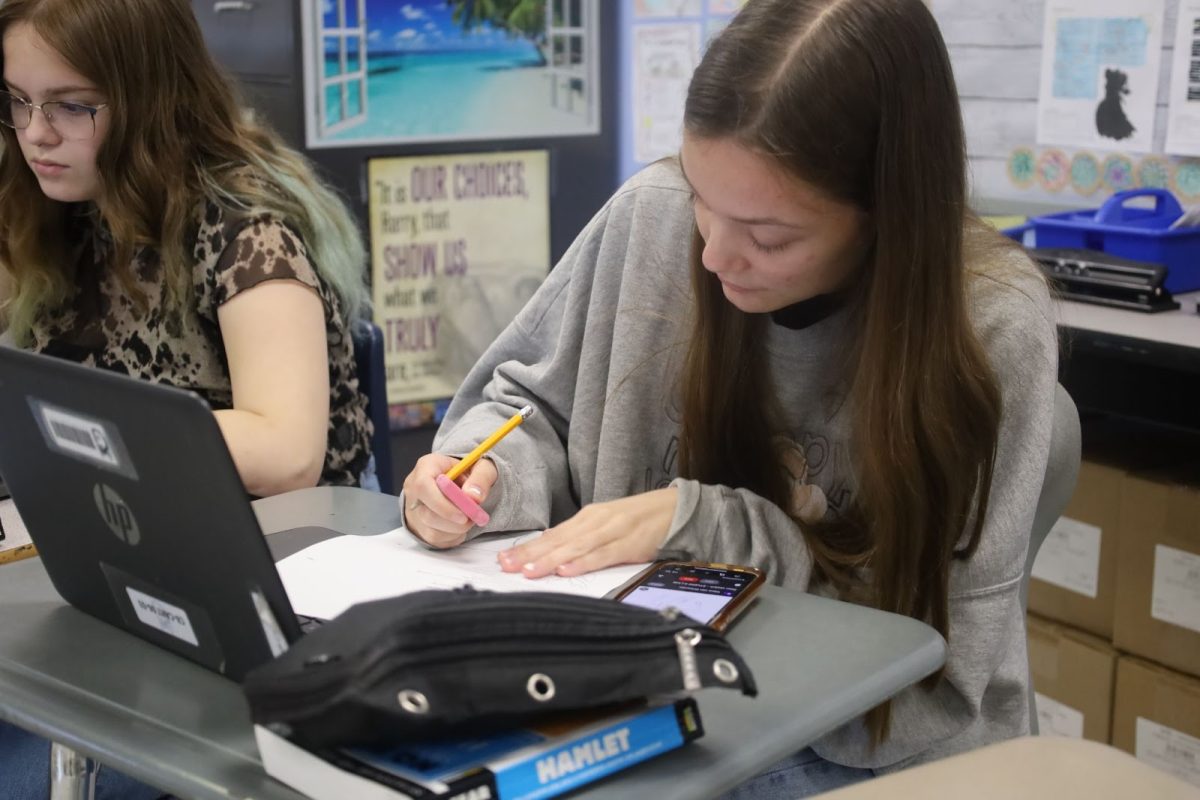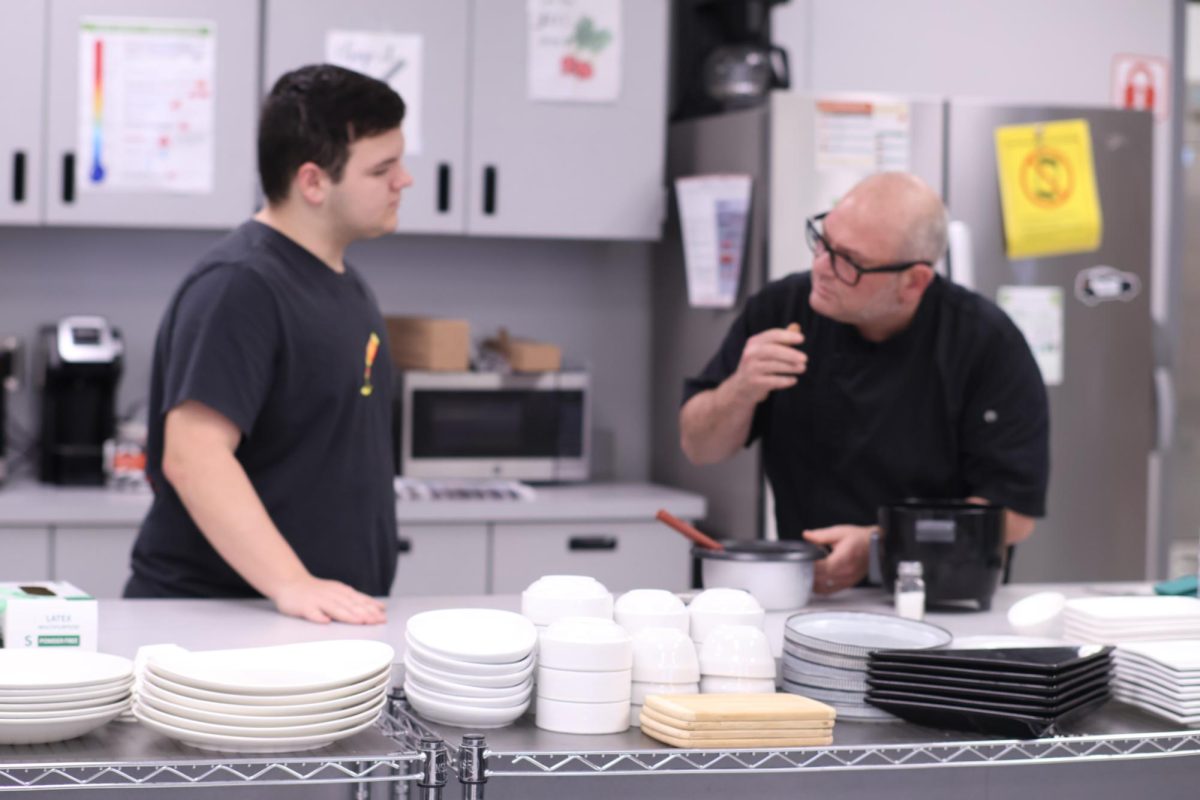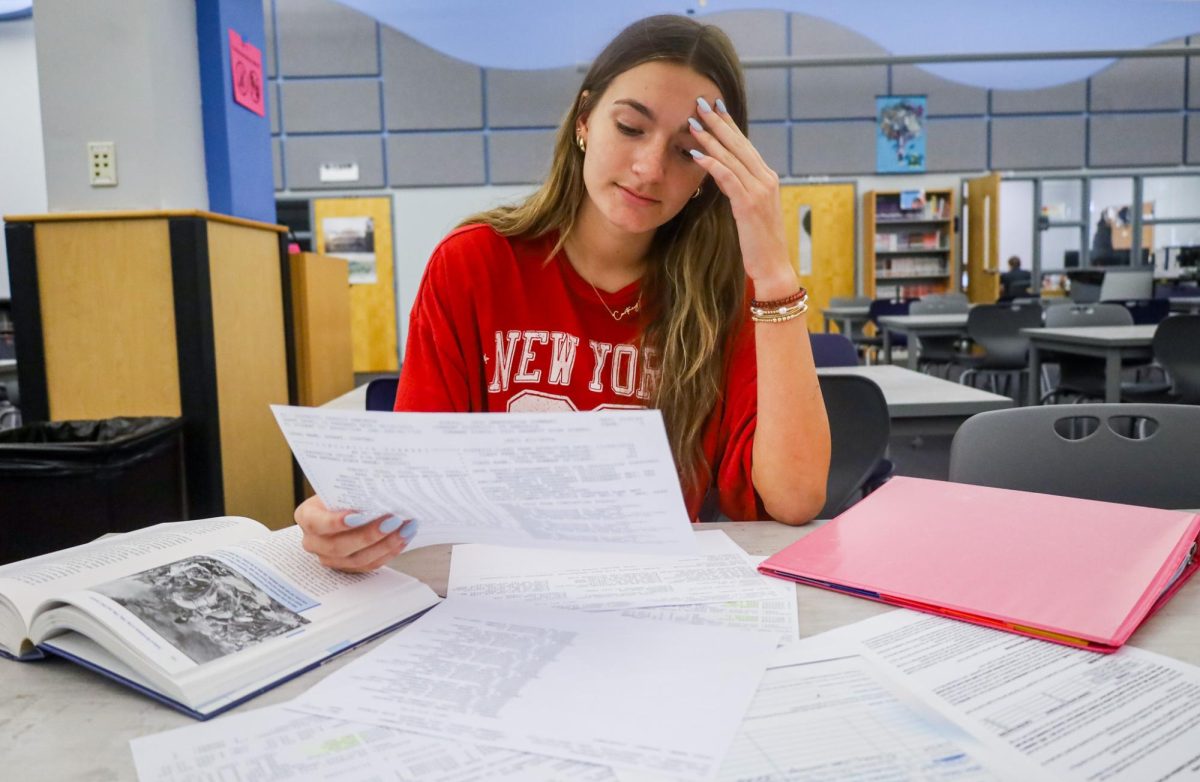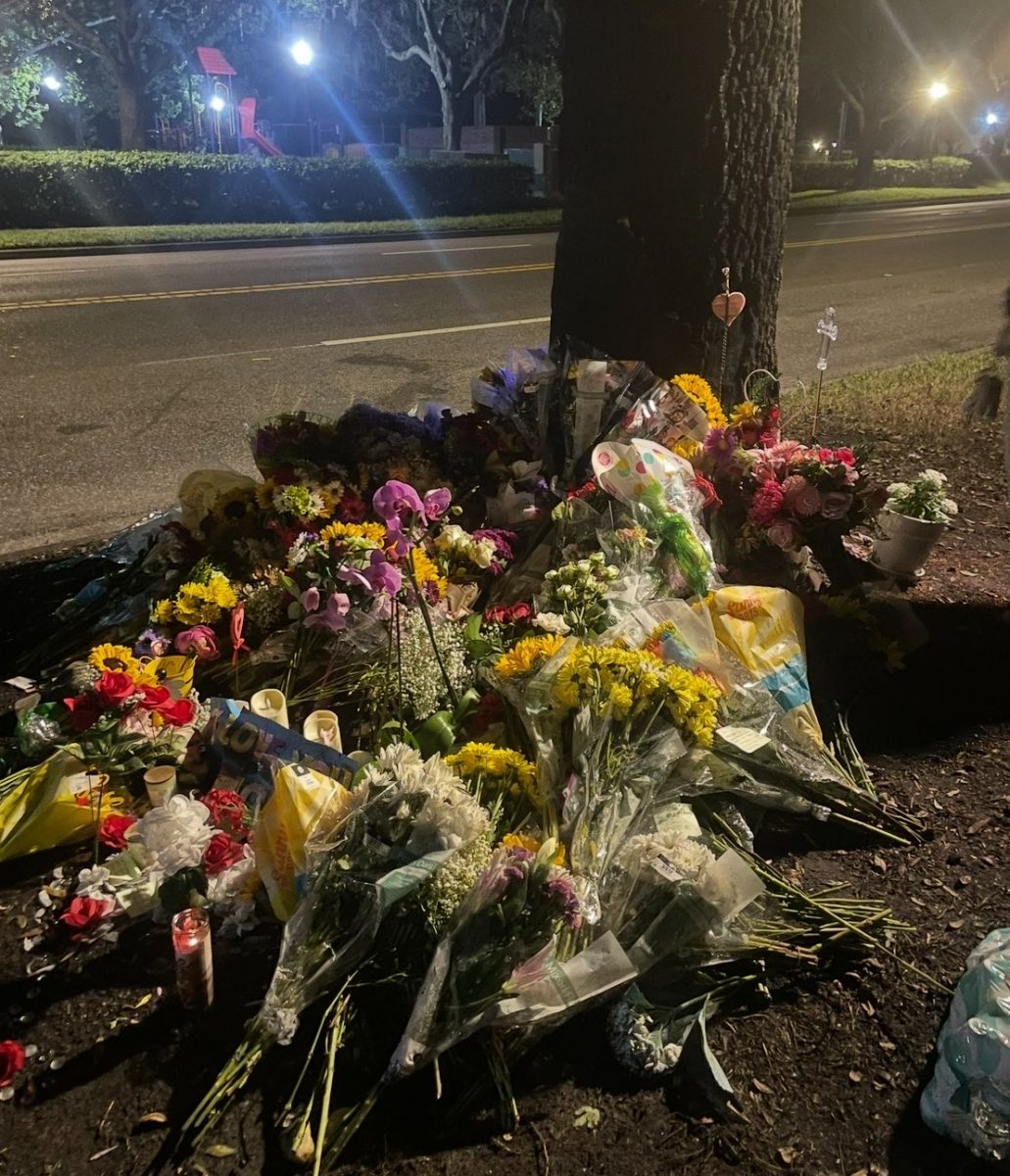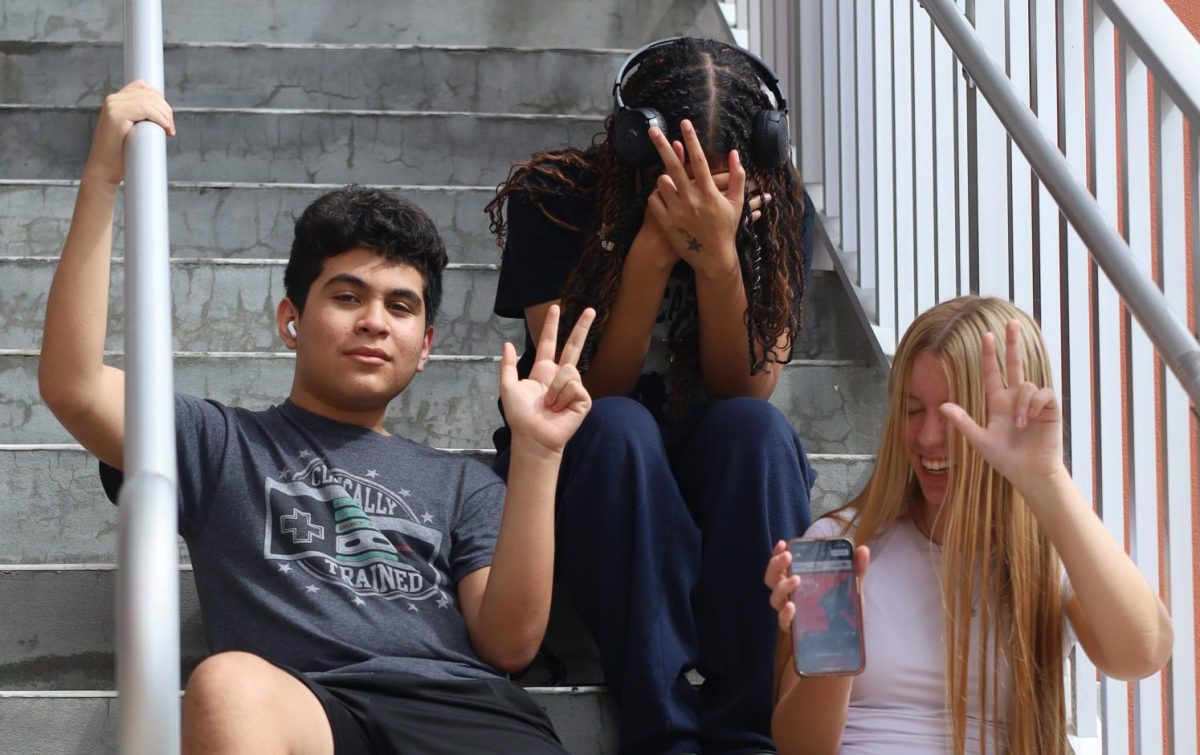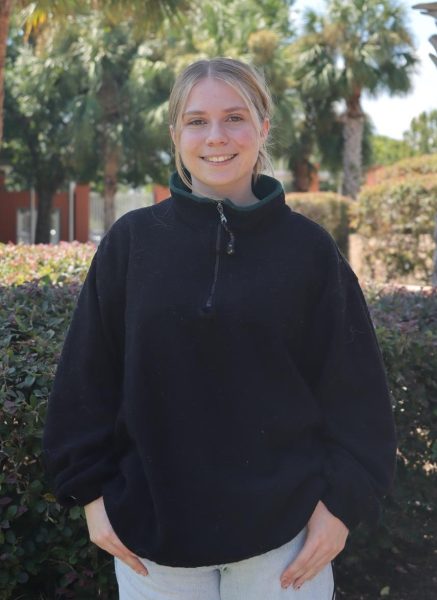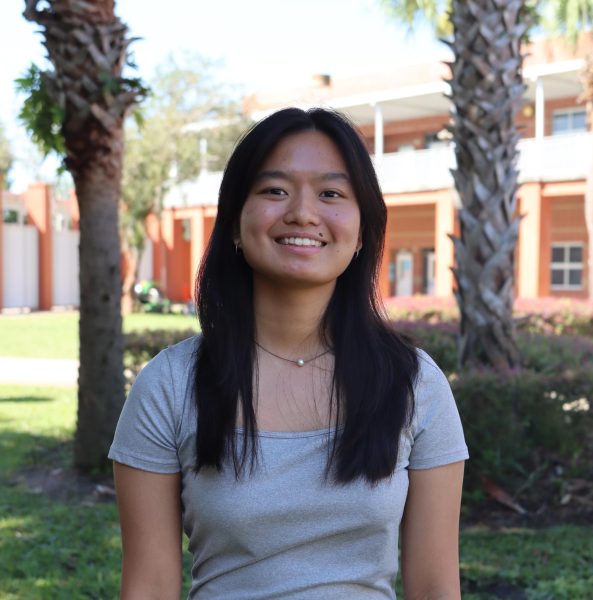With junior and senior classes that held over 600 students, Hagerty had enjoyed increased in enrollment over the past few years, even as other district schools saw their numbers steadily decline. However, this year, the trend of declining numbers reached Hagerty. As the junior and senior classes graduate, the expectation is that each incoming grade’s size will be closer to 530.
So, with the growing trend of online options and less physical enrollment, cuts to the budget had to be made. In numbers determined by the district, five teaching positions had to be cut, and other moves have put several returning teachers in unfamiliar positions, which has created end-of-year chaos.
Digital Design teacher Jay Adler faced this issue head-on. Despite teaching for 25 years, and having a tenured contract in Okeechobee County, he is now on an annual contract since moving to teach at Seminole County.
“Even though I’m a veteran teacher with good success and a good record of student success, every year I have to wait and see if my contract is going to be renewed just because I moved.” Adler said. “It’s very frustrating.”
When word arrived that Hagerty had to cut five teachers due to declining enrollment, Adler received the news from Principal Robert Frasca he would be one of them.
“It’s terrible because you’re talking about your people. It’s one thing when you’re just looking at job numbers, but I’m the one that gets to sit and look at people face to face and tell them they don’t have a job next year, in a difficult job market. I have to be very clinical, because that’s my job,” Frasca said.
For teachers who were not renewed, professional stability is not their only concern—They had developed bonds with students and the school that are difficult to leave behind.
“Everybody here has been very supportive. And of course, teachers have that connection with their students,” Adler said. “We spend a year together, and you get to help them celebrate their successes and improve. That’ll be hard to hard to leave. But there will be another group of students waiting for me somewhere else that I can help.”
When it was announced that there were teachers who would not be returning the following year, the administrative team promised to do everything they could to help the teachers find employment.
“I have every confidence the admin handled this in a respectful and compassionate manner. It is an unenviable task to have to decide who will not be reappointed,” union representative and Chemistry teacher Kim Dansereau said. “I think it weighed heavily on the admin, and I think that they did it in the most fair way that they could.”
Teachers who earned a rating of Highly Effective or higher were put in a pool of names, where they would be the first choice for other schools in the county looking to fill that position. These teachers also got access to a job fair where they could meet with potential schools and interview on the spot.
“Almost all of [the displaced teachers] have already found positions within the county, which makes my heart happy because we would do anything we can to help them get jobs,” Frasca said.
The Trend
Reduction of in-person jobs is not just a Hagerty problem. Schools all over Central Florida have had to make similar cuts. Oviedo High had to cut teachers last year, including AI teacher Ben Ross, who found work at Hagerty and will return next year.
The budget of the public school is decided based largely on enrollment. The Florida Education Finance Program gives public schools money based on the number of students enrolled, with students who are partially enrolled due to taking virtual classes or dual enrollment counting for less. So, the increase in other schooling options, while beneficial for students, has led to a shift in how schools handle business.
There has been an increase in part-time enrollment in Florida Virtual students by 116 percent between 2015 and 2023, with numbers continuing to rise as fewer students show up to physical class.
“We are now in a competitive market. It’s capitalism, but it’s in education, which we never dealt with before, because everybody either went to public school or private school [in previous generations],” Frasca said, “I’m not saying it’s bad. It’s different.”
With the increasing shift towards online-focused learning, everyone involved in how public schools function must prepare to adapt to the ongoing changes.
“Part of being a teacher is always adapting to the situation throughout the whole day, every class and throughout the week,” Dansereau said. “It’s sad that students are choosing not to take classes on campus as much as they used to, and it’s sad to see how it impacts my colleagues.”
Due to this rising competition with online school programs and dual enrollment, many other districts have taken measures to encourage students to take in-person classes. Orange County, for instance, will lose $28 million and 800 teachers if enrollment numbers are too low. The district has hired a consultant to encourage student attendance.
In an attempt to increase in-person attendance, Hagerty already has implemented classes such as yoga and AI, which are not available at other schools. However, many think there is a deeper issue in how schools are run that should be addressed to encourage students to go to school.
“[School] should be exciting, and we should be thinking outside the box. That hopefully will help students thrive in our classrooms,” Frasca said.
Many think deeper reforms should be made to properly adjust to the digital age. With the increasing popularity of lab periods and students taking periods off campus, some think public schools should shift to a hybrid solution all together.
“I think students and teachers both want some work-from-home options, and I don’t know that we need to be five days a week, seven hours a day,” Frasca said. “Our students are changing. Our teachers are recognizing the need to change. We’re a little behind because it’s hitting us, but [those making policy changes are] recognizing it. And that change isn’t bad.”



